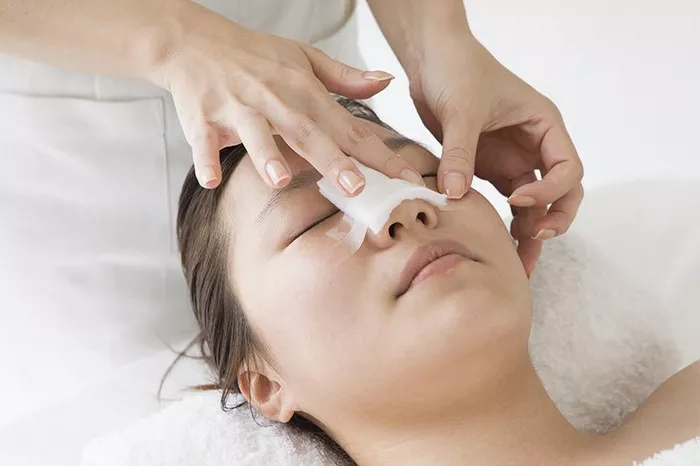The desire for aesthetic enhancement has led many individuals to seek natural alternatives for reshaping their features. One common concern is whether it’s possible to naturally reduce the size of one’s nose without resorting to surgical interventions. While surgical procedures like rhinoplasty are effective in altering the nose’s appearance, a growing interest in non-invasive methods has prompted individuals to explore natural techniques for achieving a smaller nose. In this article, we will delve into the various aspects of natural nose reduction, exploring exercises, massages, and lifestyle changes that are often suggested as potential remedies.
Understanding Nose Anatomy
Before delving into natural methods of altering nose size, it’s important to understand the structure of the nose. The nose is composed of cartilage, bone, and soft tissue. Its size and shape are primarily determined by genetics, which plays a significant role in influencing facial features. While natural methods may not drastically change the underlying structure, they might have subtle effects on the appearance of the nose.
Exploring Natural Techniques
1. Facial Exercises
Proponents of facial exercises argue that targeted muscle workouts can reshape and tone the facial features, including the nose. These exercises typically involve manipulating the facial muscles through specific movements. For instance, proponents suggest that flaring the nostrils, scrunching the nose, and using resistance with your fingers can help strengthen and sculpt the muscles around the nose area. However, the effectiveness of facial exercises in reducing nose size remains a topic of debate, with limited scientific evidence supporting their long-term impact.
2. Nasal Massages
Massaging the nose is another technique proposed to achieve a smaller appearance. Proponents claim that regular massages can improve blood circulation, stimulate collagen production, and reduce fluid retention, ultimately contributing to a more refined nose shape. Massaging techniques involve gently pressing and rubbing the nose in circular motions. While some individuals report temporary benefits from nasal massages, there’s limited scientific research to substantiate these claims.
3. Lifestyle Changes
Certain lifestyle changes might indirectly influence the appearance of the nose. These changes include maintaining a healthy diet, staying hydrated, and managing allergies that can cause nasal congestion. Adequate hydration and a balanced diet can help keep the skin around the nose area healthy and supple. Furthermore, addressing allergies can prevent chronic inflammation, which might impact the nose’s appearance due to swelling.
Realities and Expectations
It’s important to approach the idea of natural nose reduction with realistic expectations. While some individuals may notice subtle changes through exercises, massages, and lifestyle adjustments, these methods are unlikely to produce dramatic transformations akin to surgical procedures. Genetics play a significant role in determining the nose’s shape and size, and natural techniques might have limited effects on altering these inherent traits.
Potential Risks and Considerations
Before embarking on any natural techniques to alter nose size, it’s crucial to consider potential risks and limitations. Excessive manipulation of the nose through exercises or massages could lead to skin irritation or damage to delicate blood vessels. Additionally, if not performed correctly, these techniques might result in no noticeable changes or even worsen the nose’s appearance.
Consultation with Professionals
While natural methods may hold some promise, individuals seriously considering altering their nose’s size should consult with qualified medical professionals. A consultation with a board-certified plastic surgeon or dermatologist can provide valuable insights into realistic expectations and safe alternatives. These experts can offer guidance on whether non-invasive methods are suitable based on an individual’s unique facial anatomy and goals.
Conclusion
In the pursuit of a smaller nose without surgical intervention, individuals often explore natural techniques such as facial exercises, massages, and lifestyle changes. While these methods may offer subtle benefits for some, it’s important to approach them with realistic expectations and a clear understanding of their limitations. Ultimately, the genetics and underlying anatomy of the nose play a pivotal role in determining its size and shape. Consulting with experienced professionals remains the most prudent approach for individuals seeking significant alterations to their nose’s appearance.


